A Seasoned Traveler’s Guide to Weather in India
India can be a scorching-hot country, but its climate is really quite diverse. Whichever month you’re traveling, there’s somewhere to suit your comfort zone – from steamy jungles and blissed-out beaches, to snow-capped mountains and temperate towns.
 Photo © GettyImages/SolStock
Photo © GettyImages/SolStock
India is a land of extremes – including the weather. For the most comfortable trip, here’s everything you need to know about when it’s best to travel through the North, South, East, and West.
- Best Time to Travel North & South
- Winter in India
- Summer in India
- Monsoon in India
- Best Seasons for Hiking and Trekking
Best time to travel north & south
Peak tourist season varies, but most visitors come in the cooler months of November-March. Temperatures in the most popular places – Delhi, Rajasthan, Agra, and Mumbai – are comfortable, and the rain is minimal.
Low season in most places is April-June, when temperatures soar.
July-November are busy months in the Himalayas, but less so elsewhere throughout India.
Winter in India
The north certainly experiences winter, and the Himalayas get heavy snow.
Winter in Delhi and across the northern plains is short, running through December-January, but gets very foggy. You’ll need some warm clothes, including travel through the desert areas.
India’s major cities are quite pleasant in winter, with far more comfortable temperatures than in the heat.
In tropical southern India, winter isn’t a concern. Temperatures there are always hot, and when it’s winter in the north, the weather is perfect for beach-going in the south.
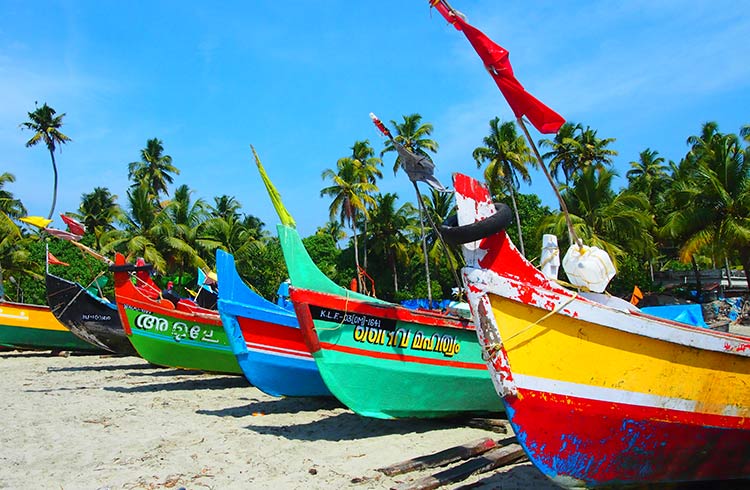
Summer in India
Much of India is extremely hot in the summer (April-June, pre-monsoon).
The desert and northern plains (including Delhi, Rajasthan, and Uttar Pradesh) are best avoided in summer – unless you can tolerate 40ºC/100ºF+ temperatures.
However, this is a great time to head up to the mountains. Uttarakhand, Himachal Pradesh, and Ladakh experience their high seasons during the warmer months.
Shimla, in Himachal Pradesh, was the summer capital of the British Raj for good reason (its pleasant temperatures!). Plus, it’s only possible to travel overland to Ladakh between May-September, as the road is snow-bound the rest of the year.
Monsoon in India
If a bit of rain doesn’t scare you (and you have some good bug spray), monsoon season in the south can be gorgeous.
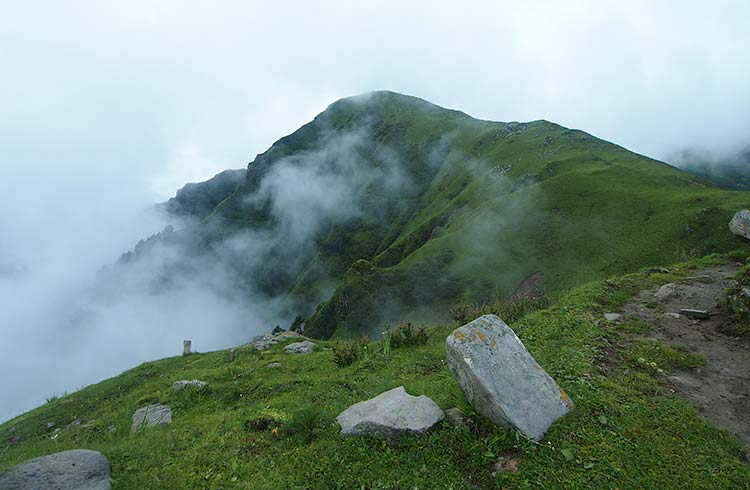
You will get wet, but many travelers with an interest in photography believe South India is at its best during monsoon, when the vegetation is lush and nature really comes to life.
The major cities are best avoided during the monsoon. Some places (like Kolkata) are prone to flooding in the streets, and the clamor and hustle of urban India can be even more trying when you’re dripping in sweat and rain.
If you don’t mind humidity though, monsoon is more comfortable than summer.
Best seasons for hiking and trekking
Most travelers will want to avoid the rain and snow while trekking in India.
However, that leaves you with narrow windows to choose from, but exactly which month is best will depend on where you want to go.
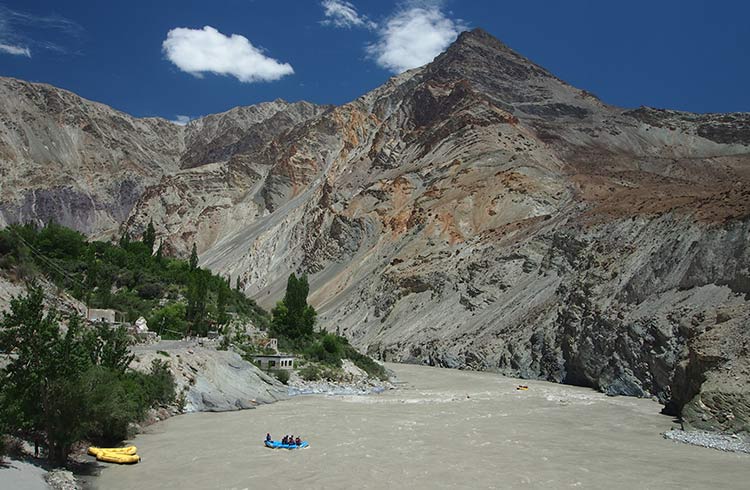
For jungle hikes in central and southern India, any time but monsoon is good.
It’s not possible to trek in Ladakh and the Himalayas in winter. April-October is the best time.
Other Himalayan states can be wet through July-August, but trekking is still possible, and wildflowers are abundant!
Heading to India? Download our FREE Insider’s Guide!
Related articles
Simple and flexible travel insurance
You can buy at home or while traveling, and claim online from anywhere in the world. With 150+ adventure activities covered and 24/7 emergency assistance.
Get a quote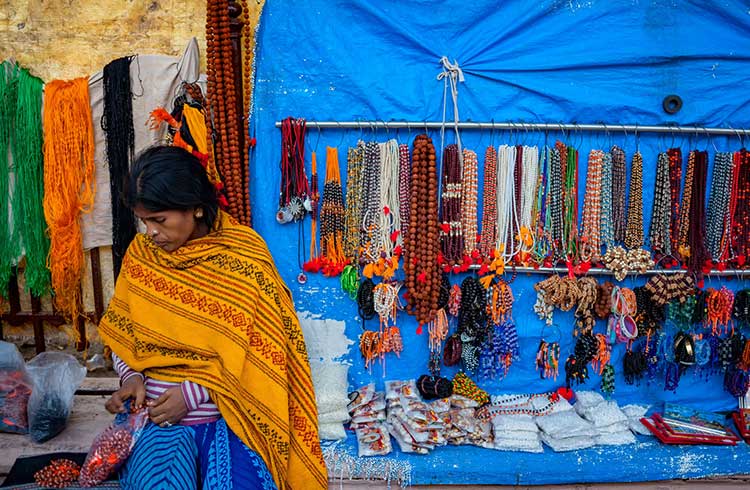
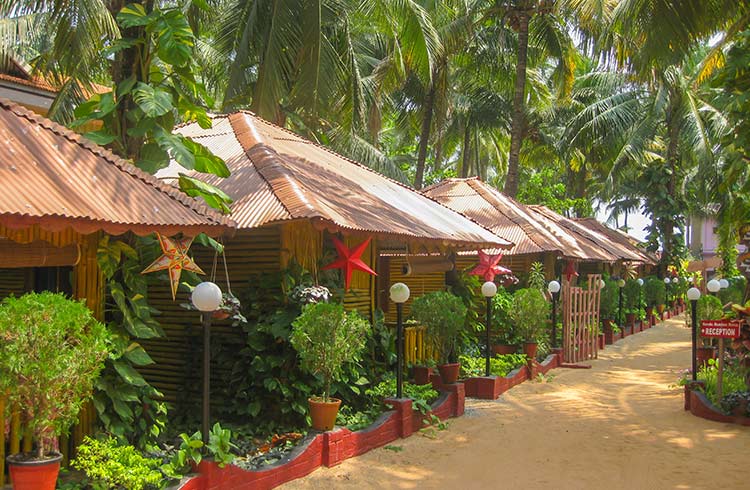
1 Comment
I arrived in India on May 30, 2018 and it is soooo hot and humid! I am tolerating it, but it is so hot and I am sweating constantly. Having to drink a ton of water everyday. I love it here!